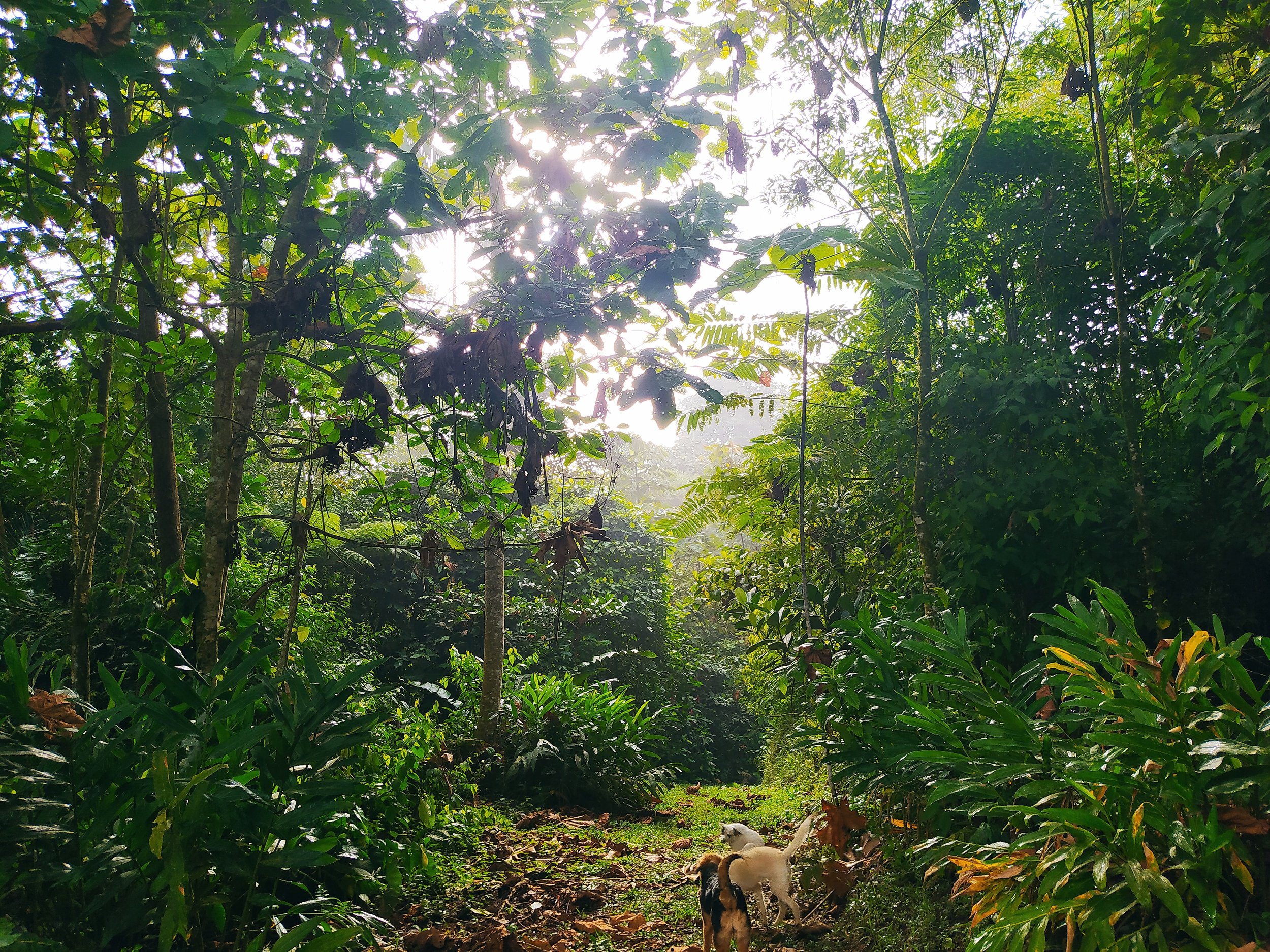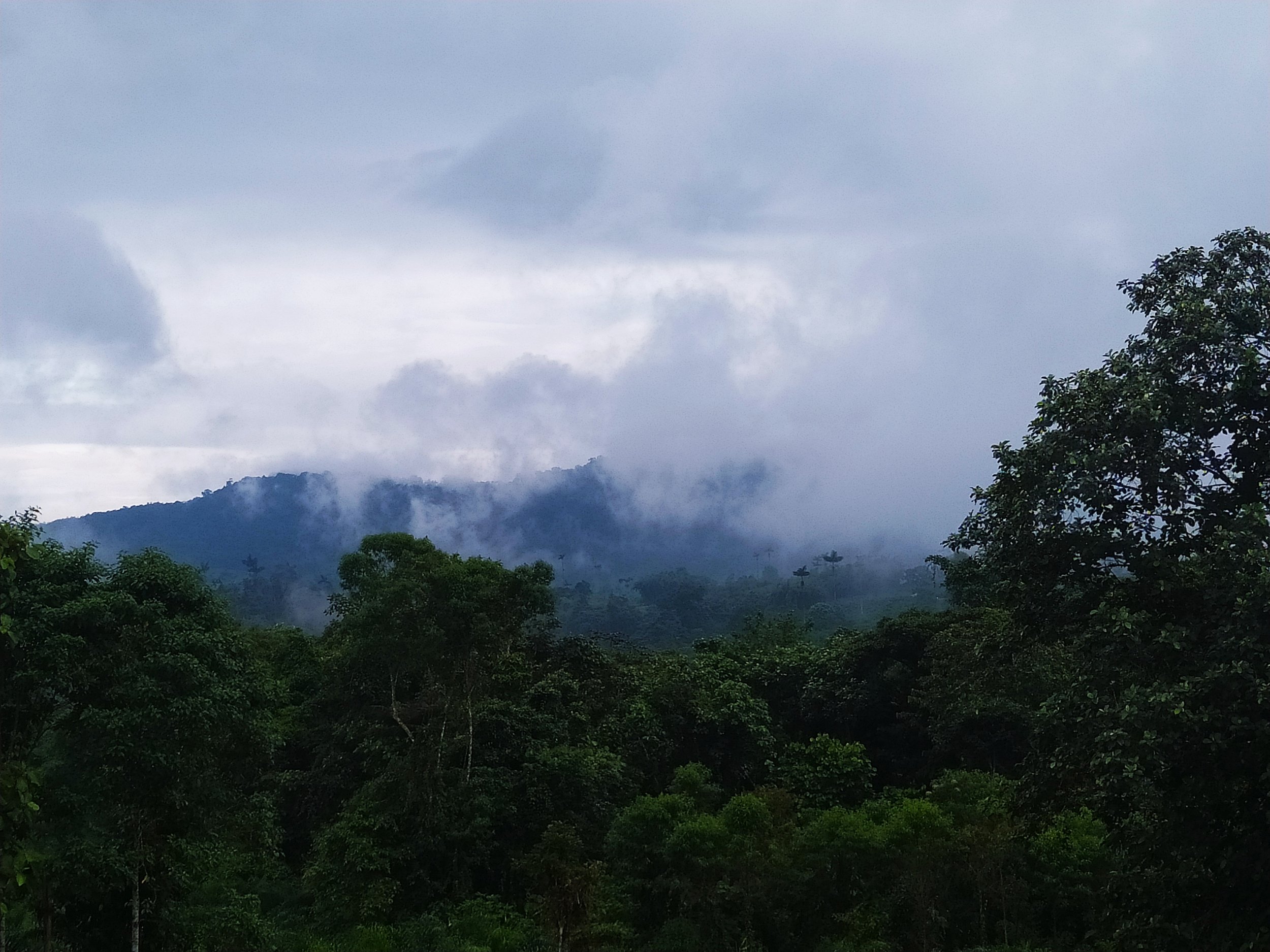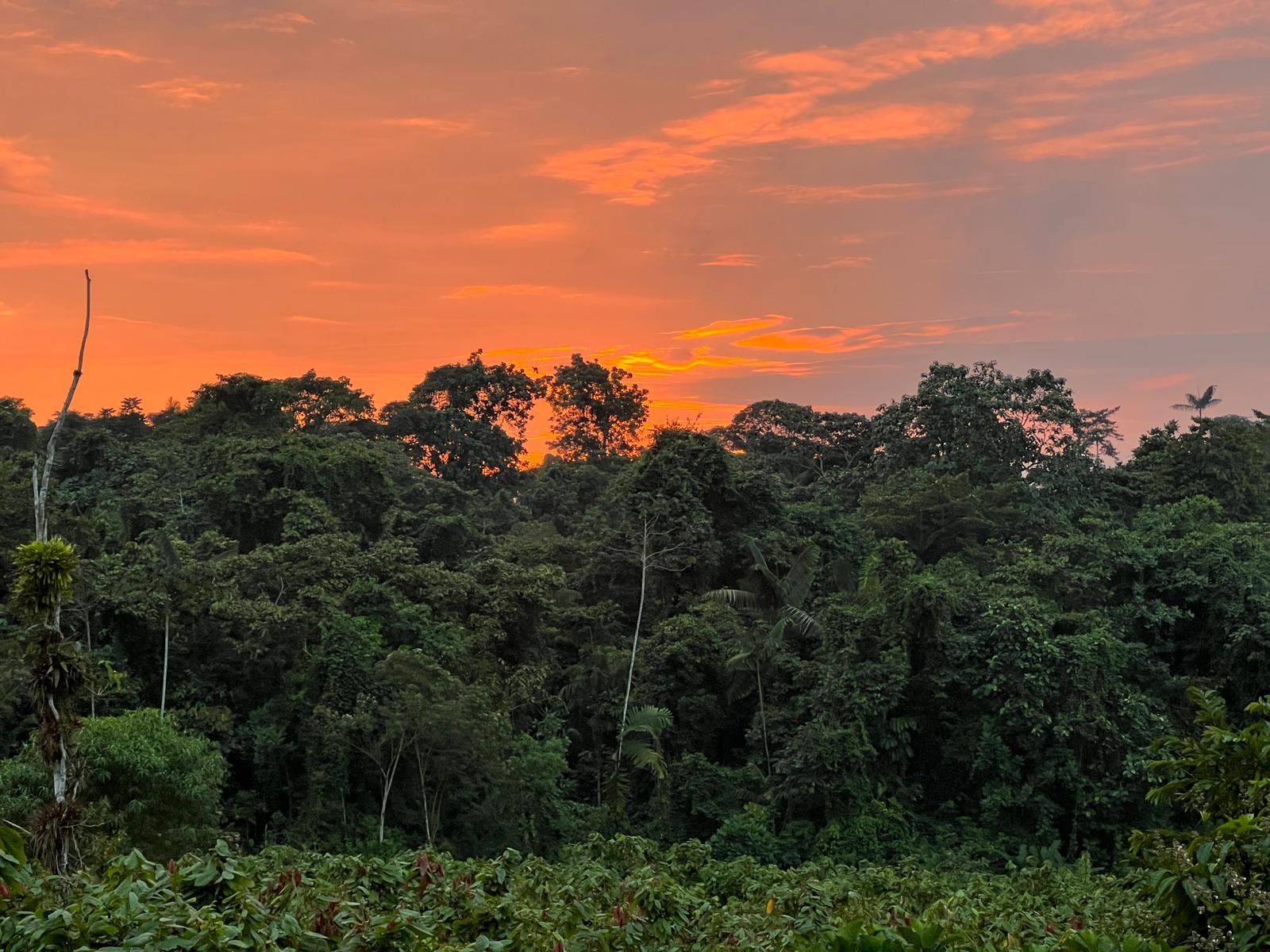
Regenerate Rainforests
Make an impact
Climate change is the biggest crisis we have ever faced, but we are not powerless.
At SDV we believe that people can make choices: those that either lead to solutions, or to even bigger problems.
Good choices require good information.
Here, we provide some key facts and cutting-edge science to help you take action for maximum impact.
It is of the utmost importance to stop deforestation and to increase reforestation efforts around the world. Agricultural practices should focus on soil building, year-round soil cover with plants and the use of agroforestry methods.
–UN Foresight Brief, July 2021
Globally, the most impactful action you can take is to plant trees and regenerate forests. That is exactly what we do here at SDV.
But I thought carbon emissions from fossil fuels were the problem? Shouldn’t I buy an electric car? Or put solar panels on my roof?
Yes, burning fossil fuels is a significant factor. But fossil fuel induced emissions are not the only–or the biggest–cause of the crisis. To cool our planet in time to save us from massive extinction and suffering, we need to do more than reduce emissions: we need to capture and store the excess carbon already in the atmosphere—AND cool and rehydrate our hot, dry earth.
Forests do both, naturally and effectively. For trees and plants, carbon is essential to life. For the soil the trees inhabit, carbon is food. Every hectare of mature forest can store up to 250 tons of carbon — that’s equal to 2.2 million miles driven by an average gasoline-powered vehicle!
Incredibly, forests also create cooling, regular rainfall patterns. One tree can transpire several hundred liters of water in one day, producing a cooling effect equivalent to two air conditioners running for 24 hours. In their billions, trees create giant rivers of water in the air that form clouds and create rainfall hundreds or even thousands of kilometers away.
This is why rainforests are so very crucial. Satellite imagery from NASA shows that rainfall patterns of the American and Canadian prairies depend directly on the rainforests of South America. While northern temperate forests are actually coming back, tropical rainforests are still being cleared at truly alarming rates.
Now, if you really want an EV, or feel better riding your bike to work, it all helps. But how much? A report from the International Energy Agency estimates that individual behavioral changes would only account for about 4% of the necessary reductions to keep the Earth's temperature from rising more than the 1.5° "safe zone."
The living technology (of rainforests) gives them a certain power over the elements, an innate and resilient ability to condition the climate… They generate stability and create a comfort zone, a shelter which enables human societies to flourish. –Antonio Nobre, The Future Climate of Amazonia

Forests and trees must be recognized as prime regulators within the water, energy and carbon cycles. Our call to action targets a reversal of paradigms, from a carbon-centric model to one that treats the climate-cooling effects of trees and forests as the first order of priority.
–Locatelli, et. al, Cool Insights for a Hot World
If fossil fuels are only one part of the problem, what else is there?
Take a look at this graphic and you'll see why individual behavior changes around energy can't make a big enough difference to stop climate change. Transport (the planes, trains, boats, and automobiles we use to get around) and our homes, schools, and office buildings are the smallest slices of the pie. Industrial processes (like making cement) and the energy sector (the big oil, gas, and coal companies) are emitting much larger amounts of carbon than people living their lives.
But look at the huge slice on the left, making up nearly a third of the pie: land use changes like deforestation (clearcutting trees) to grow crops or graze cattle are a giant factor. Since the beginning of agriculture, humans have cut down over half the world's forest, and most of it since industrial agriculture reared its ugly head in the 1950s.
Taken together, farming and deforestation account for a whopping 31% of total carbon emissions. This doesn't even consider nitrous oxide and methane (both potent greenhouse gasses) emitted by chemical intensive farming or confined animal feedlot operations. Because the global north relies heavily on the global south for food, the degradation from conversion of forests to farmland is especially dire in tropical rainforests where over half the living species on earth make their homes.

Think of the difference between standing on a hot summer afternoon on a plowed field or in a dense forest. Clearly, the conversion of forests to cropland brings major changes that can influence the climate.
–UN Foresight Brief, July 2021
Contribute to Rainforest Regeneration
At Sueño de Vida, we cultivate saplings from seed in our own nursery. Our cost for each tree we plant is just $2 USD, including labor.
When a forest is cleared to make space for a farm or pasture, the effects on the ecosystem are devastating: stored carbon escapes into the atmosphere, local biodiversity is radically reduced, soil erodes, and the water cycle destroyed. Even worse, when soil is plowed and chemicals used on the crops, the land itself goes from being a sink – a place that captures and holds carbon – to a source of greenhouse gasses and climate instability. This is the tragedy unfolding right now in the Amazonian rainforest.
That's terrible. But what can we do about it? People need food.
To feed people, we need food systems that work with nature and produce nutrient-dense food. To halt deforestation, we need a food system that does what forests do: shelter biodiversity, store carbon, build soil, and make rain.
Agroforestry is this food system. And it's been around for thousands of years.
We don't need machines that suck carbon out of the atmosphere.
We need healthy forests.
Help us plant more trees, today.
Become a Patreon
Once trees are planted in an agroforestry system, they need care. Once they begin to produce fruit, it needs to be harvested, processed, or taken to market. This all costs money.
As a Patreon, your monthly pledge goes directly to pay for the help we need to keep our trees healthy, save and plant seeds in our nursery, and keep our farm running. We offer our employees – three fantastic young people from the local pueblo – flexible hours to accommodate for school and family responsibilities, a safe chemical-free working environment, and a good wage well above the “fair trade” standard.
With tiers starting at just $6 month, you can ensure that you are making a global impact by regenerating rainforests and building community.





